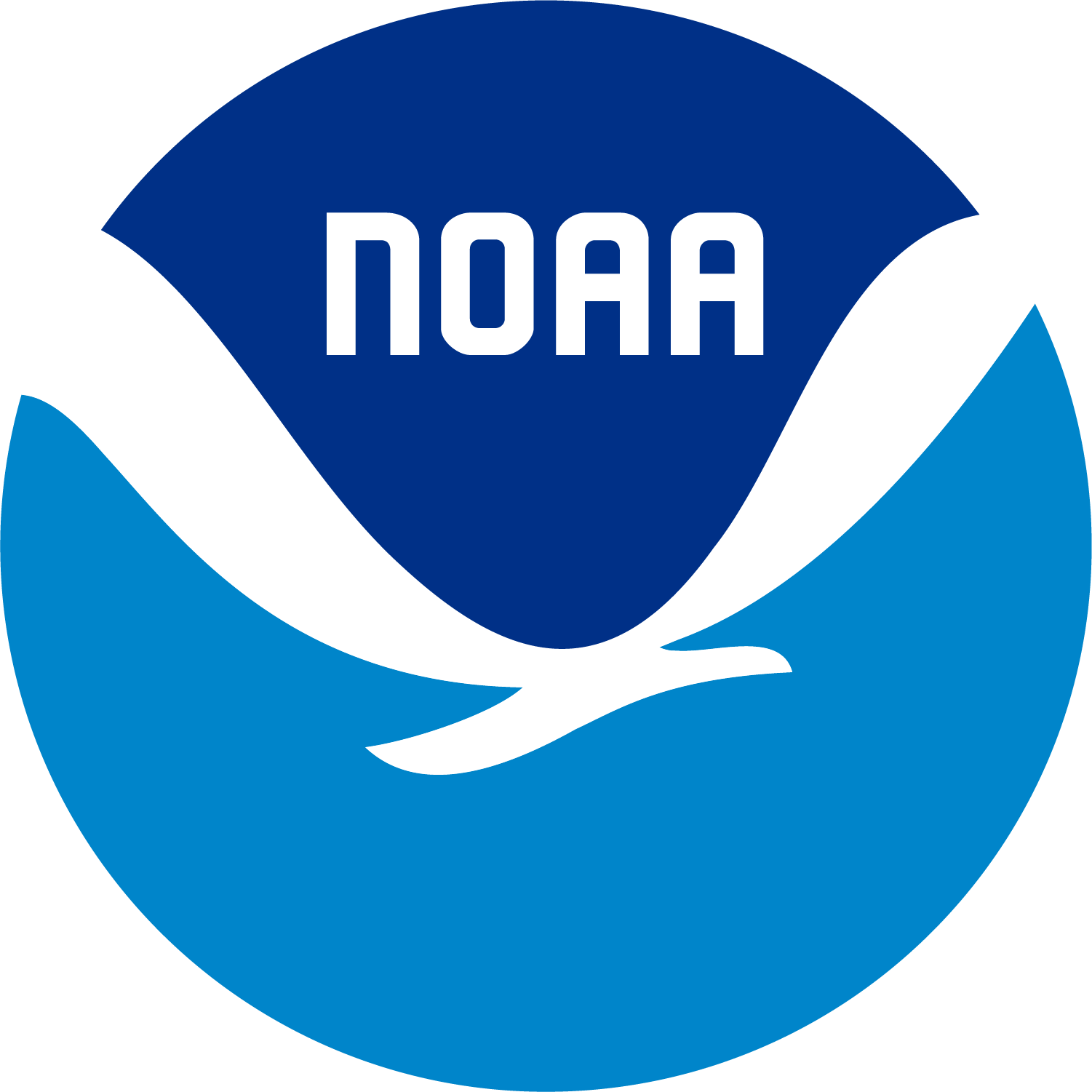 An
official website of the United States government.
Here's how you know we're official.
An
official website of the United States government.
Here's how you know we're official.

Office of Coast Survey
National Oceanic and Atmospheric Administration
U.S. Department of Commerce
Many Sources are Used to Update NOAA Navigational Products
Coast Survey receives over 6,000 digital and hard copy chart source documents annually. Each is reviewed for its suitability for updating one or more NOAA Electronic Navigational Charts (NOAA ENC®) or U.S. Coast Pilot® products. Of these, about 18,000 separate chart compilations are assigned to be carried out by Coast Survey's federal employee and contract cartographers.
Of all the natural and manmade features depicted on NOAA nautical charts, the four types that change the
most, and for which Coast Survey receives the most source material, are:
These account for over 70% of the source applications assigned. The remaining source material is provided by a variety of other federal, state and local government agencies, national and international regulatory organizations, private companies, professional organizations, and private citizens.
Source Providers
Some of the most common source providers are listed below:
NOAA Offices
National Environmental Satellite, Data, and Information Service
National Marine Fisheries Service
National Ocean Service
Center for Operational Oceanographic Products and Services
National Geodetic Survey
Office of Coast Survey — Hydrographic Surveys Division
Office of Coast Survey — Marine Chart Division
Office of National Marine Sanctuaries
National Weather Service
U. S. Federal Agencies
Bureau of Safety and Environmental Enforcement
Department of State
Environmental Protection Agency
National Geospatial-Intelligence Agency
National Park Service
U.S. Army Corps of Engineers
U.S. Board on Geographic Names
U.S. Coast Guard
U.S. Geological Survey
U.S. Navy
International and Foreign Organizations
Canadian Coast Guard
Canadian Hydrographic Service
International Hydrographic Organization
International Maritime Organization
St. Lawrence Seaway Authority of Canada
St. Lawrence Seaway Development Corp.
United Kingdom Hydrographic Office
Others
Fishing associations
Lake Carriers' Association
Marina owners
American Indian tribal organizations
Native regional corporations
Other private associations, companies, and individuals
Other state, county, town, and other local Sources
Pilots associations
Port authorities
Publishers of waterway guides and other commercial boating aids
U.S. Coast Guard Auxiliary
U.S. Power Squadron
Types of Information Provided
The most prominent features on nautical charts are shorelines and the portrayal of water depths, but there are scores of other types of data that are charted and are continuously being updated. The most common types include the following.
Dangers and Obstructions at or below the Water Surface
Artificial reefs and aquaculture sites
Depths within federally maintained channels
Hydrographic surveys
Location of dump sites, disposal areas and spoil areas
Location of submerged pipelines and cables
Weekly notices identifying changes to aids to navigation or dangers to
navigation
Reports on ongoing construction, completion, or removal of harbor
improvement projects
Mariner reports of suspected shoals and other hazards
Location and Clearance Information for Obstructions Crossing over Waterways
Construction and removal of bridges
Overhead cables
Overhead pipelines
Boundaries
Convention on the International Regulations for Preventing Collisions at Sea
demarcation lines
Maritime limits and boundaries
Park, marine sanctuaries, and other reservation boundaries
Military reservations, military training areas, and other restricted
areas
Other Limits
Anchorage areas
Traffic Separation Schemes (TSS)
Vessel Traffic Service (VTS) areas
Limits of the Intracoastal Waterway
Location of federally maintained channels
Regulations and Nautical Product Specifications
Code of Federal Regulations entries
Federal Register entries
Maritime Regulations
Seaway regulations
International chart and ENC product specifications
Other
Geographic place names
Position and characteristics of coastal aids to navigation (buoys, lights,
and beacons)
Shoreline surveys
Topographic contours and other inland feature data
Weather Warning Radio frequencies
World Magnetic Model data for compass roses
Tide, water levels, and water current data